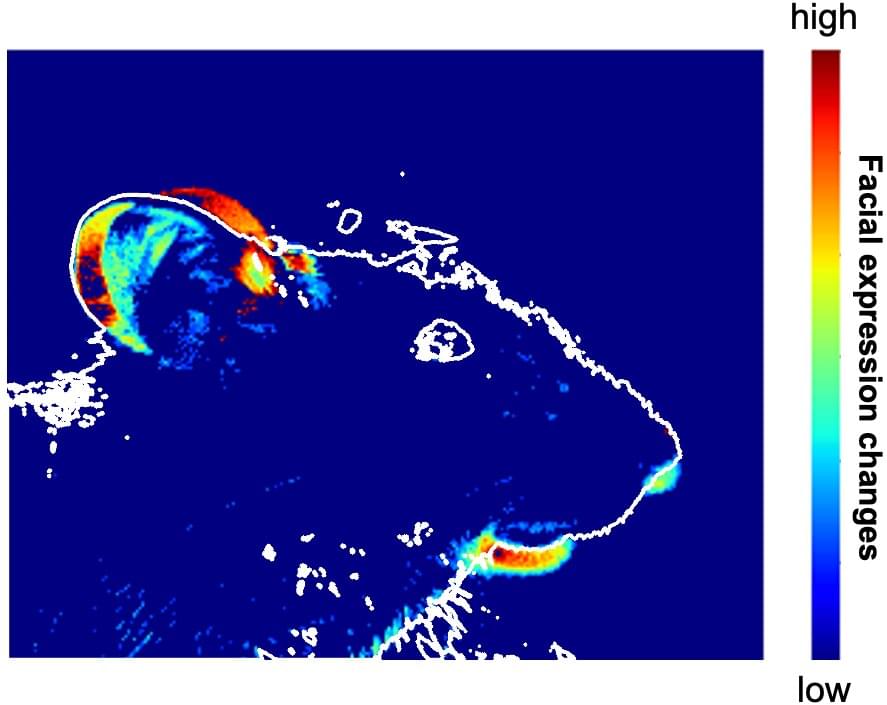I think communication with AI and each other will also be wireless so discoveries like this are important.
CityU
A research team led by a scientist at CityU has resulted in an innovative, game-changing antenna. This revolutionary invention allows unprecedented control of the direction, frequency, and intensity of its signal beam emission. On top of that, this antenna is invaluable for 6G wireless communications applications such as ISAC sensing and communication integration.




